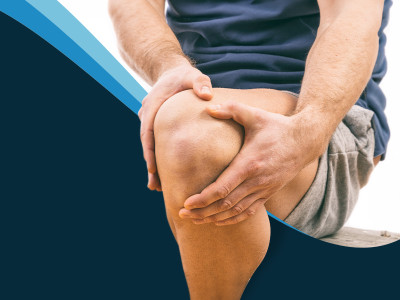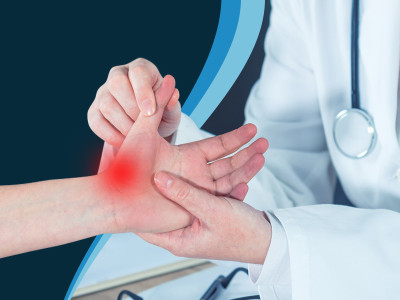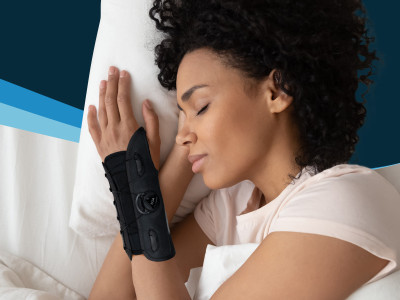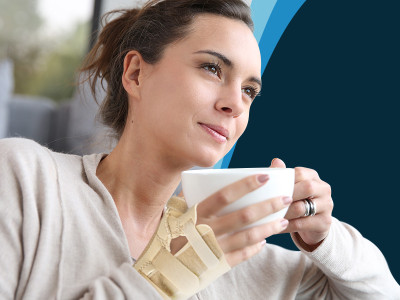Posted by Michael Foster-Reed on 29th Apr 2019
If you’re suffering from a patella related injury, the bet is you’re in need of some serious TLC! The symptoms of these kind of ailments can put a real dampener on your mood and how you can live your life.
In this blog, we’re going to be exploring what your condition really is and what you can do to get back on track!
What is Patella Fracture & Dislocation? How does it occur?
The patella is a small bone that sits at the front of your knee, acting as a shield for your knee joint. Patella Fracture and Dislocation is when this bone gets damaged, broken or dislocated. This can cause pain and swelling and can often cause a visible defect in your knee. They are quite serious injuries, as they can make it difficult to straighten your leg and sometimes even walk.
Patella Fracture and Dislocation can often occur if your knee is hit by a heavy impact. For example, in a car crash, if you hit your knee against your car’s dashboard you could end up fracturing or dislocating your patella. Falling directly onto your knee could also cause a fracture or dislocation of the patella.
Patella fractures have multiple types. The specific causes of these different types are the same, but as a general rule of thumb, the worse the physical trauma to your knee, the worse the type of fracture. The list below orders the fracture types from minor to major:
4. Stable Fracture - When the pieces of patella bone that have been broken are still touching each other or separated by only a millimetre or two.
3. Displaced Fracture - When the pieces of bone have become unaligned with each other.
2. Comminuted Fracture - When the patella is broken into three or more pieces.
1. Open Fracture - When the broken bone sticks out of your skin.
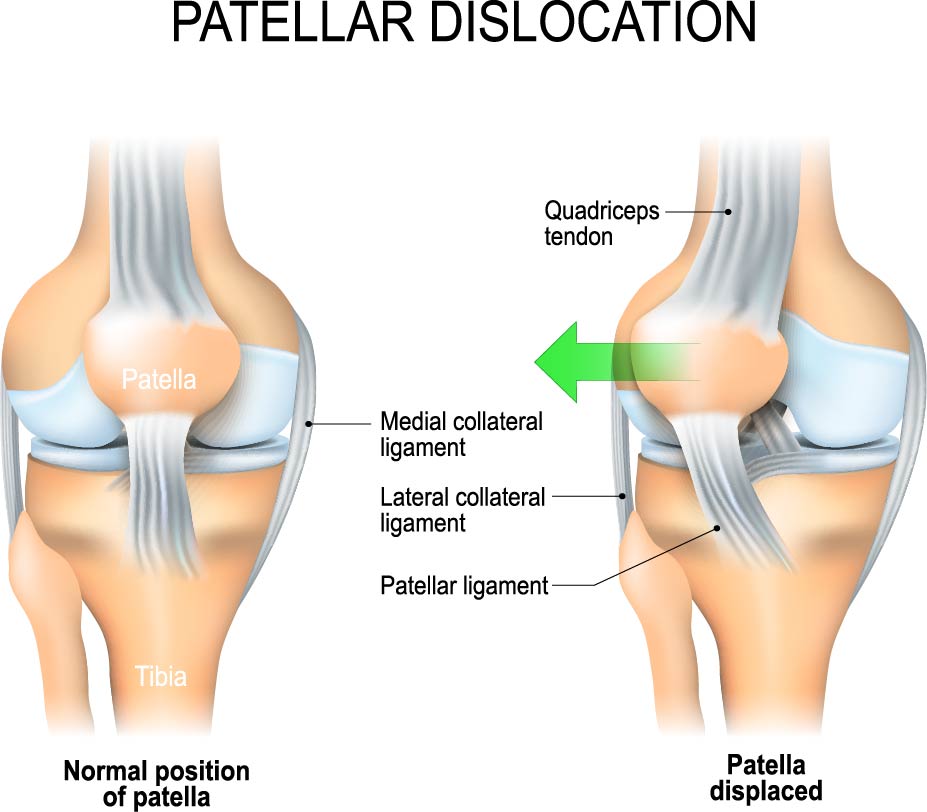
Who can Suffer from These Conditions?
Generally speaking, everyone is at a potential risk of suffering from one of these two injuries. However, there are a few risk factors that can affect your likelihood. The risk factors for are different for each injury.
The easiest way to avoid Patella Fracture or Dislocation is to avoid situations that may put you at risk of physical trauma to your knee. However, this is obviously not always possible, as it can be difficult to predict what situations may put you at risk.
Patella Fracture
Age - The older you are, the more fragile your bones become, thus making them more vulnerable to fracturing. This happens because of a disease known as Osteoporosis, where your bones slowly lose more and more calcium over time, which is a key chemical in keeping your bones strong. Vitamin D can help to provide your bones with additional calcium and keep your bones stronger, so regularly taking Vitamin D tablets may help to reduce chances of fracturing.
Bone & Muscle Mass - A decreased bone or muscle mass can make your bones and muscles significantly weaker. Strong muscles can help to protect your bones by preventing falls and keeping you agile, and obviously the stronger your bones, the less fragile they become. Exercise and a healthy diet can help you to bring bone and muscle mass back up. Foods such as dairy products and green vegetables contain a lot of calcium. On the other end of the spectrum, being overweight can cause additional strain on your muscles, bones and tendons, making them more vulnerable to injury.
Sport - Taking part in sports is also a common cause of patella fracturing, as well as various other different types of fractures. This is especially the case in more physical sports, such as Football and Rugby. There are many knee guards which can be purchased to help protect your knees.

Patella Dislocation
Muscle Imbalance - Muscle imbalance, such as tightness on the outer side of your knee and laxity in the inner side of your knee, can put you at risk of dislocation. Specific workout exercises that focus on the weaker area of your knee can help you to regain balance. For example, Step Downs is an exercise in which you put you stand on a step, then slowly lower your good leg (the leg with no knee imbalance), down to the floor and back up again. This not only improves the imbalance in your knee, but also improves the strength of your quadriceps.
Q Angle - Having a higher Q angle can have an affect your likelihood of dislocation. The Q angle, otherwise known as the Quadriceps Angle, is the measurement of the angle between your patella and your quadriceps muscles (a group of muscles located in the front of the thigh). Women will often have higher Q angles then men due to having wider hips. There are many different knees supports which can help you to reduce your Q angle by reducing the amount of stress on your knee joints.
Other Risks - Previous dislocation to the patella can cause it to become more vulnerable to reoccurring dislocation. Whilst you can’t prevent an injury that has already happened, knee supports can help to keep your patella in place, reducing your chances of another dislocation.
Patella Dislocation can sometimes be passed down from a family member. This is the case for roughly 25% of people who suffer from it. Sadly, there is no direct way to resolve this. However, as above, a knee support could help reduce your chances of dislocation.
What can you do to relieve pain or improve recovery?
Minor fractures and dislocations can often be treated by wearing a cast or splint. However, more major cases will often require surgery in order to stabilise your kneecap and return it to normal.
Here at Actesso, we provide hinged knee supports that can help to relieve your knee from pain, as well as speed up your recovery process. You can take a look at our knee supports here.
So, to conclude, Patella Fracture is when your patella bone becomes damaged or broken, and Patella Dislocation is when your patella bone becomes dislocated. These injuries are most commonly caused by physical trauma, such as a heavy impact directly to the knee. Exercising can help to make your bones and muscles tougher, making them less vulnerable to injury. If you do end up suffering, medical aids such as our knee supports can help to relieve pain and help you recover faster.
References:
https://orthoinfo.aaos.org/en/diseases--conditions/patellar-kneecap-fractures/
https://www.verywellhealth.com/patella-fractures-2549287
https://www.knee-pain-explained.com/dislocated-patella.html
https://www.naturalhealthnews.uk/article/how-to-prevent-brittle-bones/
https://medlineplus.gov/ency/patientinstructions/000506.htm
https://www.knee-pain-explained.com/knee-strengthening.html
Disclaimer: We are not qualified medical professionals. All information stated from this article has been taken from reputable sources. Please find links to all sources at the bottom of the page.
